The Louvre Museum: A Journey Through Art and History
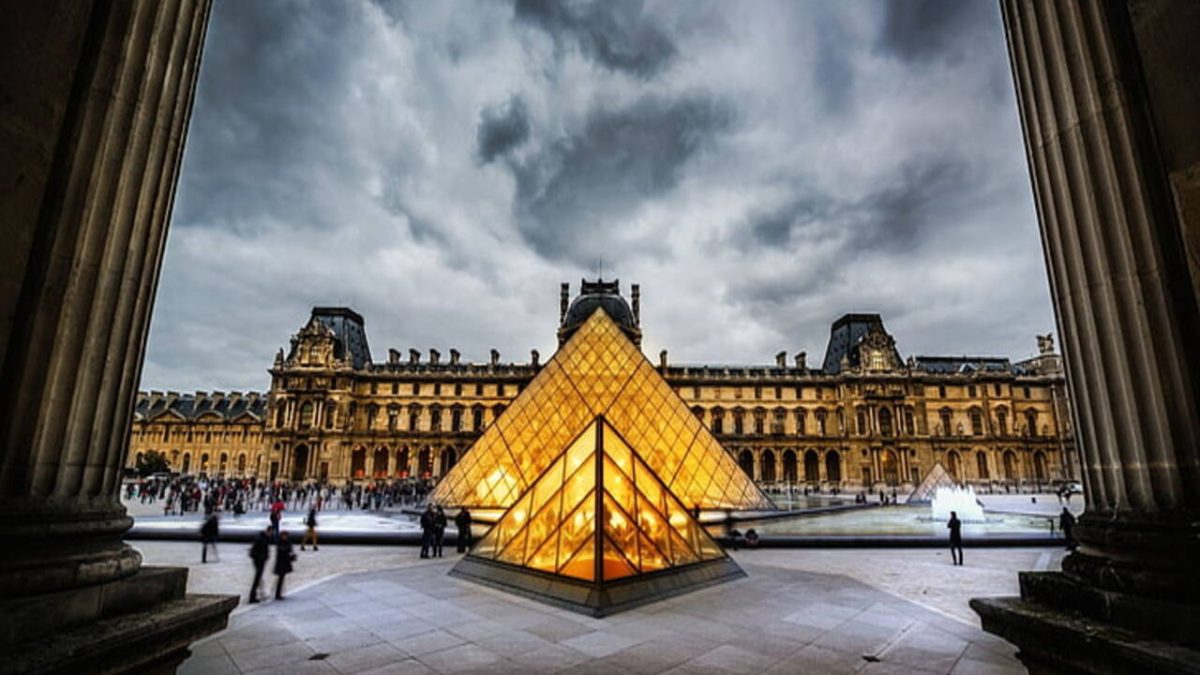
The Louvre Museum: A Journey Through Art and History
The Louvre Museum: A Journey Through Art and History
The Louvre Museum, or Musée du Louvre, is one of the world’s largest and most visited museums. Located in Paris, France, this historic monument and former royal palace has become a symbol of art, culture, and history. With its vast collection spanning thousands of years, the Louvre offers an unparalleled experience for art lovers, historians, and tourists alike.
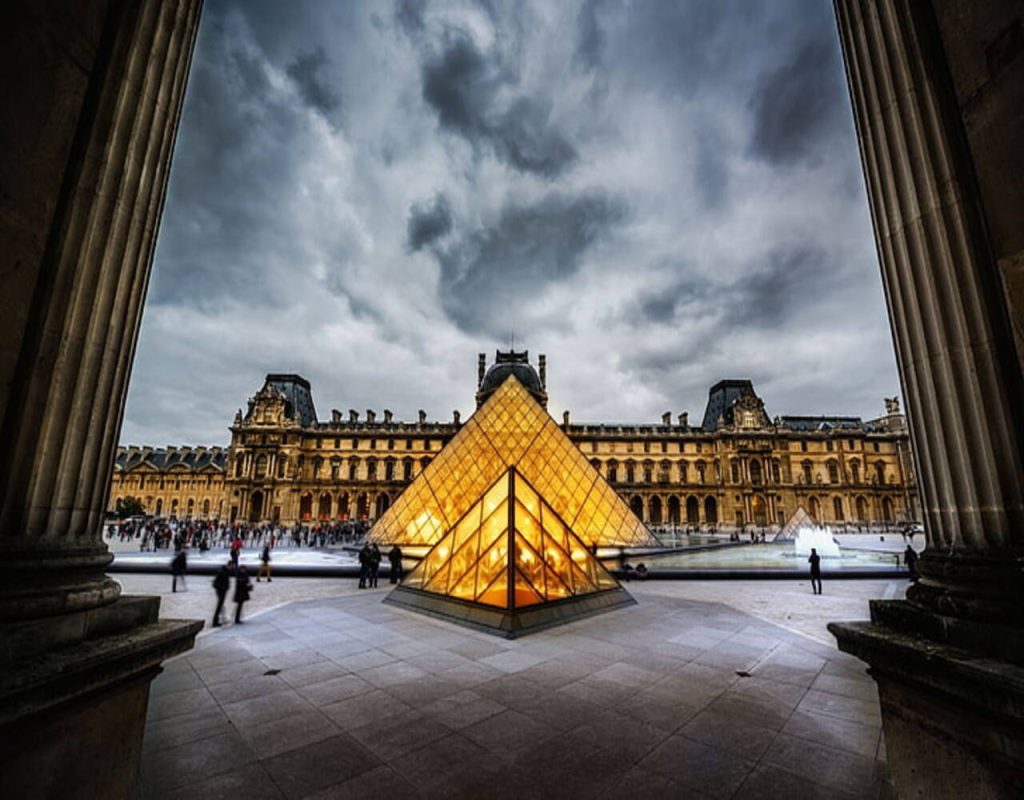
A Rich History
The Louvre’s origins date back to the 12th century when it was built as a fortress by King Philip II. Over the centuries, it was transformed into a royal residence and, eventually, a public museum. King Louis XIV moved his court to the Palace of Versailles in 1682, leaving the Louvre primarily as a place to display the royal collection. The museum officially opened to the public on August 10, 1793, during the French Revolution, showcasing 537 paintings and other works of art.
Architectural Marvel
The Louvre’s architecture is a stunning blend of historical and modern elements. The original medieval fortress remains are still visible in the museum’s basement. The iconic glass pyramid, designed by architect I. M. Pei, was inaugurated in 1989 and serves as the main entrance. This modern structure contrasts beautifully with the classical architecture of the Louvre Palace, symbolizing the museum’s blend of tradition and innovation.
Collections and Exhibits
The Louvre’s collection is divided into eight departments: Near Eastern Antiquities, Egyptian Antiquities, Greek, Etruscan and Roman Antiquities, Islamic Art, Sculptures, Decorative Arts, Paintings, and Prints and Drawings. Each department offers a deep dive into different periods and styles of art, providing a comprehensive overview of human creativity and achievement.
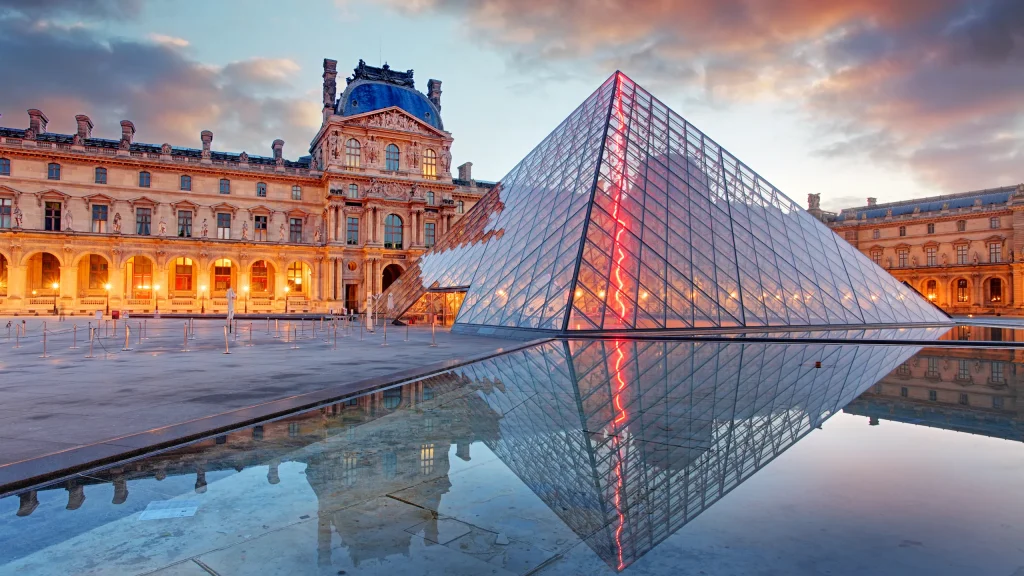
Near Eastern Antiquities
This department houses artifacts from the ancient civilizations of Mesopotamia, Persia, and the Levant. Highlights include the Code of Hammurabi, one of the earliest known sets of laws, and the Lamassu, colossal winged bulls from Assyrian palaces.
Egyptian Antiquities
The Egyptian collection features an extensive array of artifacts, including mummies, sarcophagi, and the famous Seated Scribe. The Louvre’s collection is one of the largest in the world, offering insights into the life, religion, and art of ancient Egypt.
Greek, Etruscan, and Roman Antiquities
This section includes masterpieces such as the Venus de Milo and the Winged Victory of Samothrace. These iconic sculptures represent the pinnacle of ancient Greek and Roman artistry and are must-sees for visitors.
Islamic Art
The Islamic Art department showcases a diverse range of objects, including ceramics, textiles, and calligraphy, reflecting the rich cultural heritage of the Islamic world. Notable pieces include the Pyxis of al-Mughira and the Baptistère de Saint Louis.
Sculptures
The sculpture collection spans from the medieval period to the 19th century, featuring works by artists such as Michelangelo and Antonio Canova. The Michelangelo Gallery and the Cour Marly are particularly popular with visitors.
Decorative Arts
This department includes a variety of objects, from medieval artifacts to the opulent furnishings of the French monarchy. The Apollo Gallery, adorned with golden decorations and intricate designs, is a highlight.
Paintings
The Louvre’s painting collection is perhaps its most famous, featuring works from the Renaissance to the 19th century. Leonardo da Vinci’s Mona Lisa is undoubtedly the most renowned piece, attracting millions of visitors each year. Other notable works include Eugène Delacroix’s Liberty Leading the People and Jacques-Louis David’s The Coronation of Napoleon.
Prints and Drawings
The Prints and Drawings department contains an extensive collection of works on paper, including sketches, watercolors, and prints. The Cabinet des Dessins offers a glimpse into the creative processes of artists like Rembrandt and Raphael.
Visiting the Louvre
A visit to the Louvre is a journey through time, offering a unique opportunity to explore the cultural and artistic achievements of humanity. To make the most of your visit, it’s advisable to plan ahead. The museum is vast, and it can be overwhelming to try to see everything in one day. Prioritizing key sections or specific artworks can enhance your experience.
The Louvre also offers various guided tours and educational programs, providing deeper insights into its collections. For those who prefer a more flexible experience, audio guides and mobile apps are available, offering detailed information about the exhibits.
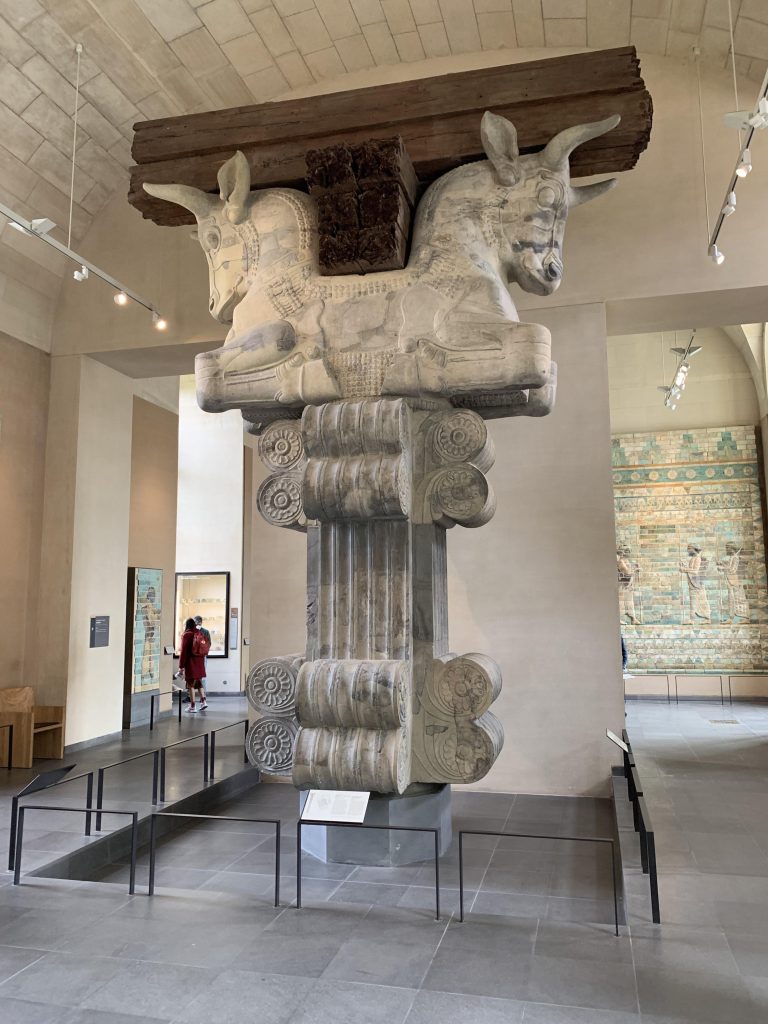
Conclusion
The Louvre Museum is more than just a repository of art; it is a vibrant, dynamic institution that continues to inspire and educate visitors from around the world. Its rich history, architectural beauty, and unparalleled collections make it a must-visit destination for anyone traveling to Paris. Whether you are an art aficionado or a curious traveler, the Louvre offers a captivating experience that will leave a lasting impression.
As you wander through its halls, you are not just observing art; you are connecting with the past, understanding different cultures, and witnessing the evolution of human expression. The Louvre is truly a treasure trove of human history and creativity, a place where the past meets the present in a celebration of art and culture.
Links:
Free Tickets Louvre Museum
-
The Louvre Museum: A Journey Through Art and History
The Louvre Museum: A Journey Through Art and History The Louvre Museum, or Musée du Louvre, is one of the world’s largest and most visited museums. […]



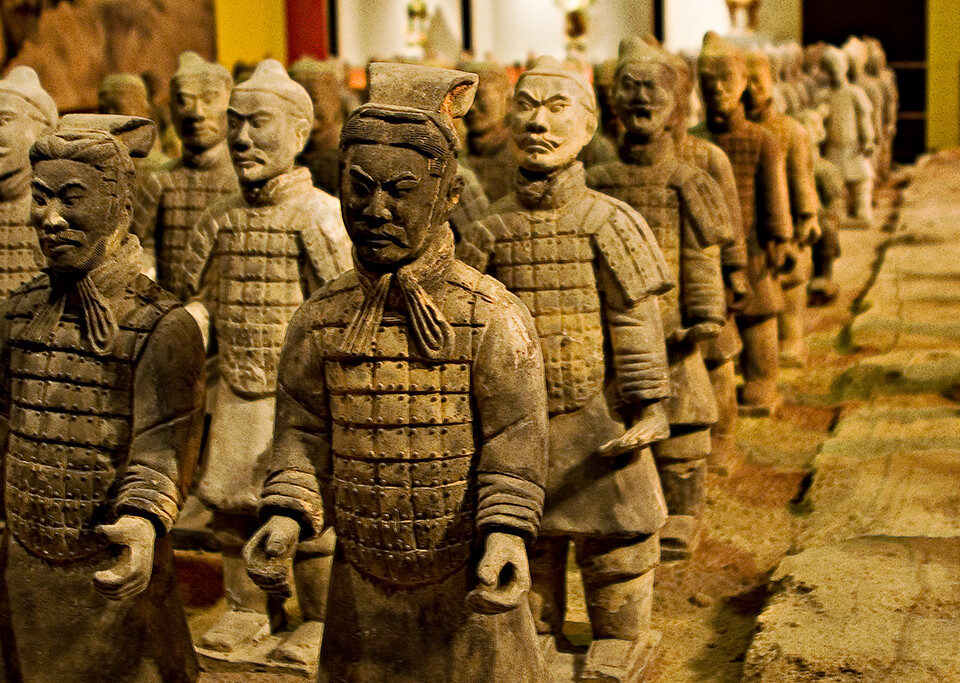
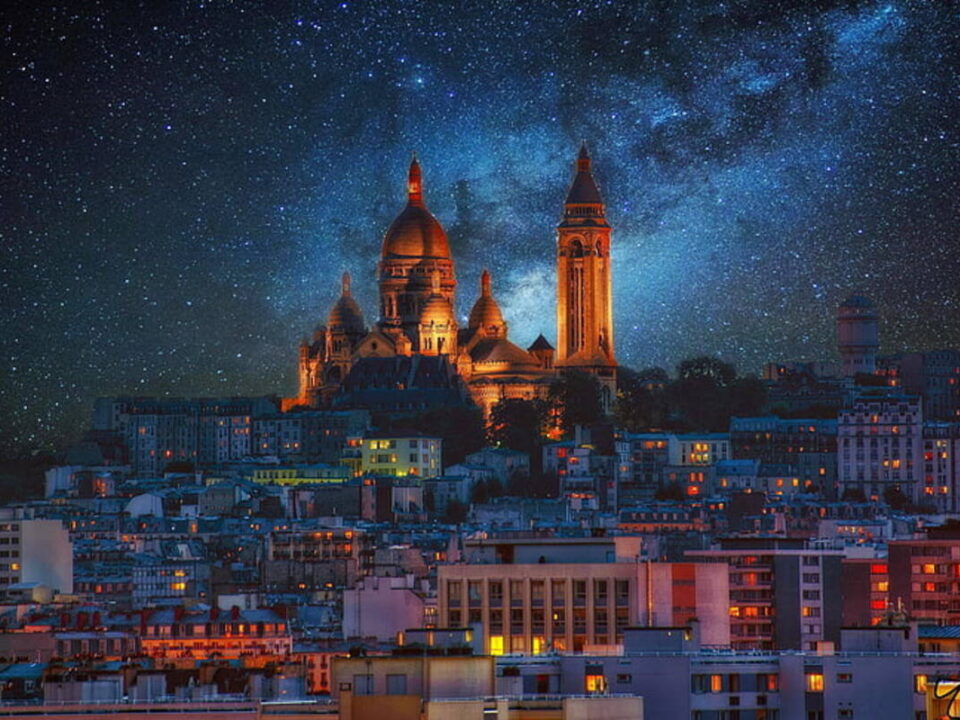
4 Comments
[…] de Milo, and countless other treasures. If you’re planning a visit to this world-renowned museum, it’s essential to know how to buy tickets, understand the ticket prices, and be aware of the […]
[…] The Louvre Museum: A Journey Through Art and History […]
[…] between the Louvre Museum and Place de la Concorde, the Jardin des Tuileries is one of the most visited gardens in Paris, […]
[…] Louvre Museum is the world’s largest and most visited art museum, home to an unparalleled collection of art […]